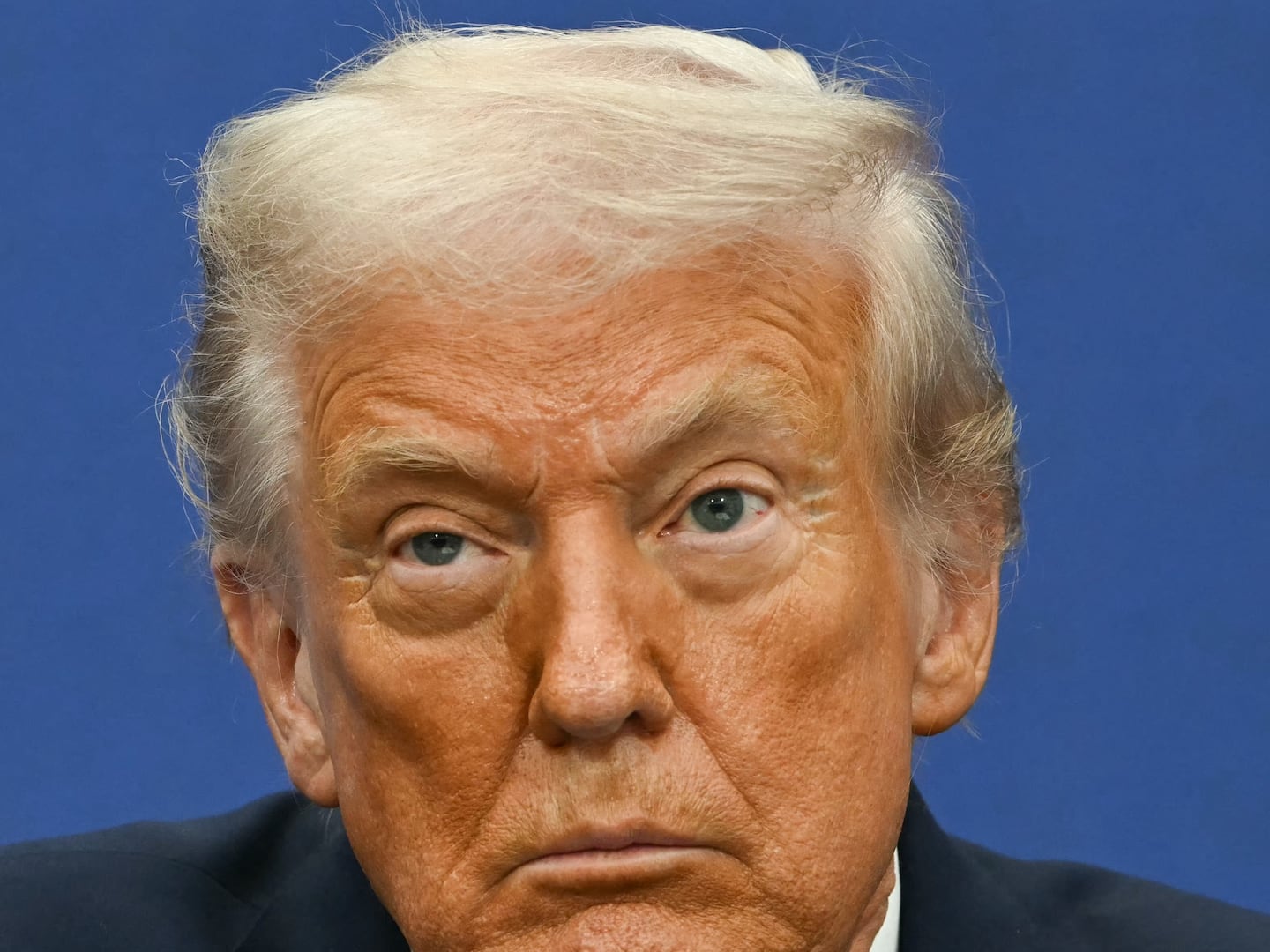Republican candidates may be frantically trying to obtain delegates to the Republican National Convention in Tampa, but that same sense of urgency doesn’t seem to apply to their finances. The candidates’ FEC reports for February made clear that the fundraising apparatus of all four GOP contenders is slowly wearing down under the pressure of a long and seemingly unceasing primary. While April is jam-packed with GOP primaries in the hugely expensive media markets of the Northeast, Republican coffers are running dry. Here are the details about their unbalanced ledgers, and other interesting morsels from the campaign finance reports:

REPUBLICANS CAN’T AFFORD $400 HAIR CUTS
It's no surprise that the financial efforts of the Republican candidates don’t compare to those of Hillary Clinton and Barack Obama in 2008—after all, both Clinton and Obama had more money sitting in the bank at the beginning of February than the 2012 Republicans raised collectively. The embarrassment for the Republicans is that John Edwards, who dropped out on January 30, still had a better fundraising month that year than Newt Gingrich had this one, and was just a hair behind Ron Paul. The now disgraced North Carolina Democrat closed out in February 2008 with $4.97 million cash, almost double the amount that Rick Santorum had in his bank account at the filing deadline.
The campaign is now going on to increasingly populous states, and almost every remaining delegate contest is a primary rather than a low-turnout caucus. This means that the ability to compete will be increasingly expensive as candidates are forced to buy advertising in New York, Philadelphia, and Washington D.C., all of which are far more costly television markets than, say, Des Moines. Under these circumstances, it is somewhat astounding that the Republican candidates are talking about going “on to Tampa” while having fundraising periods comparable to that of an ex-candidate at the same time four years ago.
RICH MAN, POOR MITT
The former Massachusetts Governor raised $11.5 million in February, which was the most of any Republican contender. However, almost none of that money came from small donors. Romney raised the least of any candidate in unitemized contributions from small donors, barely over $1 million. The rest of his take came from donors who have given at least $200 to his campaign so far, meaning that many of Romney’s donors have already maxed out. Donors can only give $2,500 to a candidate in the primary (and another $2,500 in the general). Small donors can be appealed to multiple times (this was the secret to much of Barack Obama’s fundraising success in 2008).
This raises big issues for Romney’s comparatively expensive campaign, which spent $400,000 more than it took in last month. At least five employees of the former Massachusetts Governor make more than Obama’s campaign manager and he has around 100 employees on payroll, which is significantly more than any other GOP campaign (although a fraction of the Democratic campaign staffs in 2008). While Romney has been running a far more professional campaign than his rivals, it means he has to pay a lot more in overhead. If Romney can’t find a lot more new donors, he may have to fire people—whether he likes it or not. But, there is still one more avenue for tapped out donors to give, super PACs.
ONCE YOU GO SUPER PAC, YOU NEVER GO BACK
Super PACs have been grabbing attention throughout the presidential race but it’s become even clearer with this round of reports how crucial they’ve become and how much they change the state of play. While it’s no surprise that Gingrich’s super PAC, Winning Our Future, was almost entirely reliant on funding from Sheldon Adelson and his wife, Miriam, who each donated $2.5 million, the super PACs of Romney and Santorum were just as reliant on one or two wealthy funders. Of the $6.4 million raised by the committee backing Romney, Restore Our Future, $3 million came from a single check from Bob Perry, a Texas homebuilding mogul. Santorum’s super PAC, which pulled in a comparatively meager $2.9 million, got a check for $1 million from Annette Simmons,the wife of Texas billionaire Harold Simmons and another infusion of $600,000 from longtime backer Foster Friess, best known for his off-color comment about aspirin as contraception. All three candidates are proving increasingly reliant not just on super PACs to fund their campaign, but a handful of donors to fund their super PACs.
OH, THE PLACES YOU’LL SPEND
The campaign finance reports also revealed some of the quirkier financial transactions of the contest. Although Ron Paul’s cookbook featured a wide variety of unhealthy recipes featuring such staples as Velveeta, his campaign still made 50 different shopping trips to Whole Foods in February alone. Perhaps the Texas congressman needed some organic kale to accompany his artificial cheese.Newt Gingrich’s campaign spent $91,000 on “security services” in February, prior to finally receiving Secret Service protection in early March. Before accepting what Ron Paul called “welfare,” the former speaker of the House employed the private-sector services of a company called the Patriot Group.
Mitt Romney touted his economic expertise on Tuesday night, stating that “for 25 years, I lived and breathed jobs, business, and the economy.” And while Romney has been less involved with business since running for president, he’s still able to keep up with important economic matters. This is because his campaign spent $120 last month in online subscriptions to The Economist. Romney should be careful advertising his interest in the British magazine, lest he gain even more of a reputation for looking abroad for his ideas.






